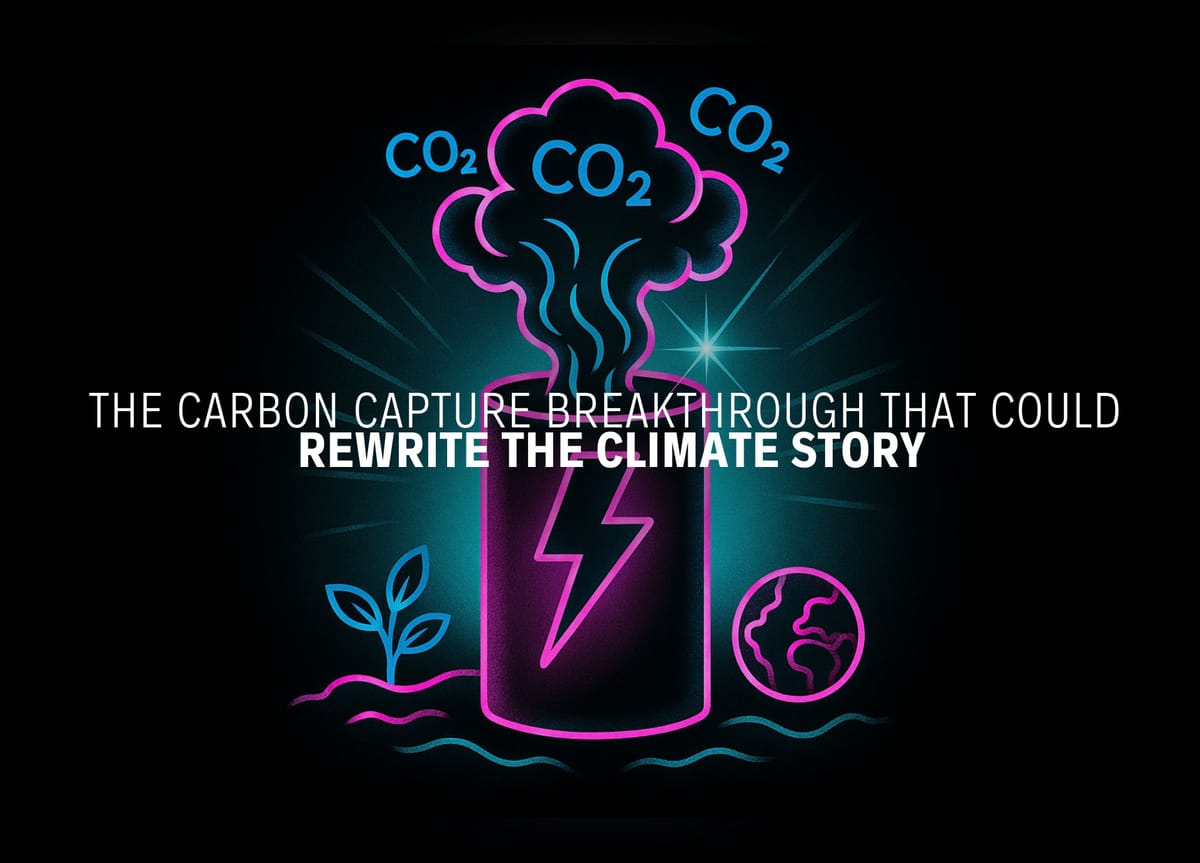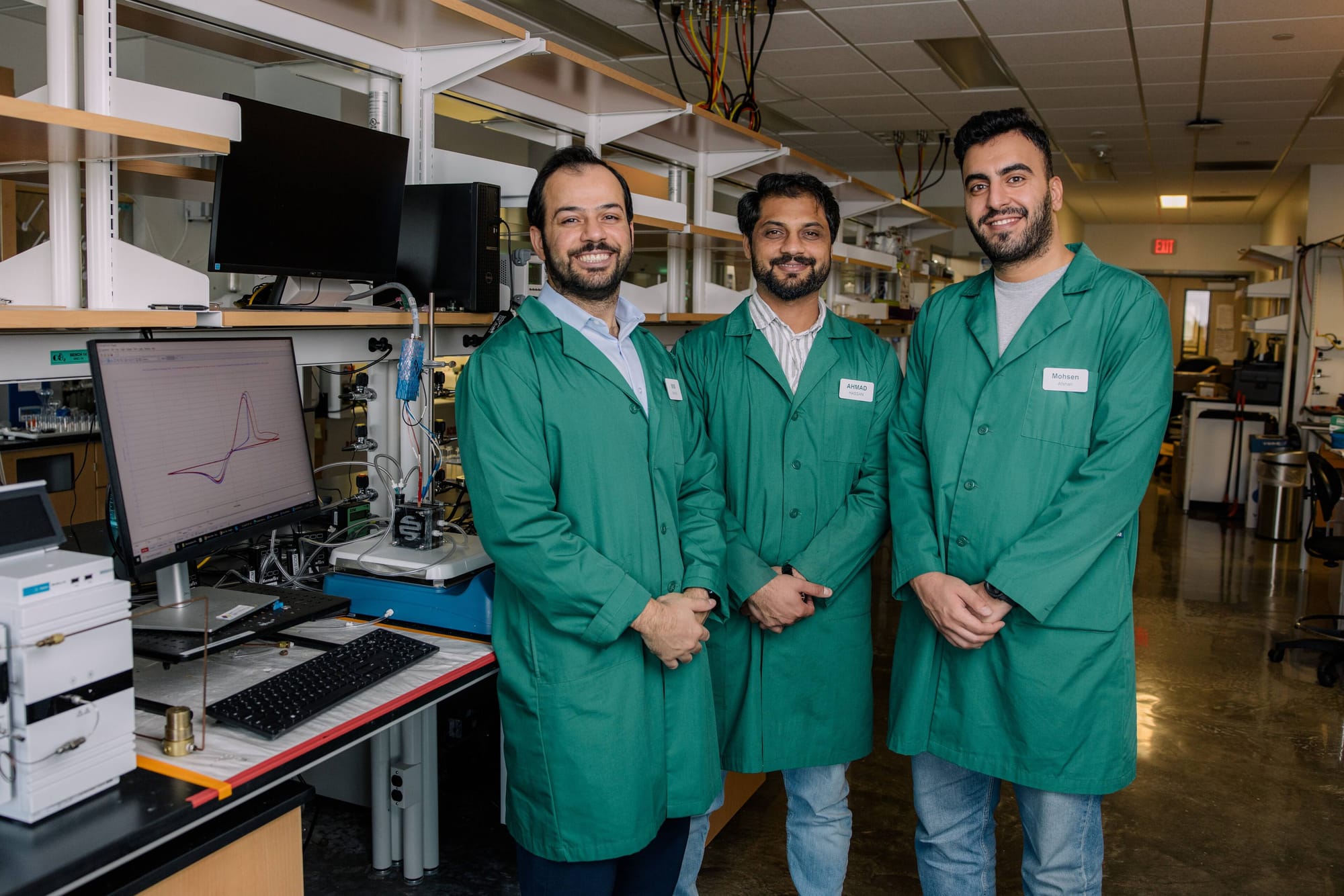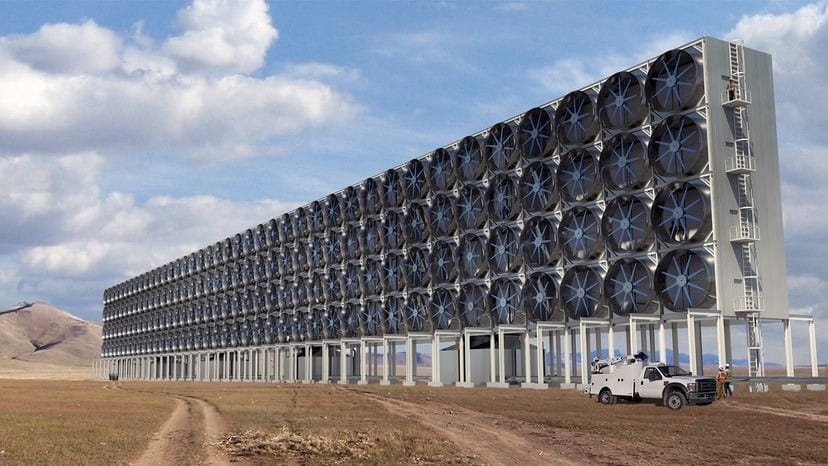Batteries That Breathe: The Carbon Capture Breakthrough That Could Rewrite the Climate Story
In August 2025, University of Houston researchers unveiled two carbon capture breakthroughs—including a vanadium redox flow battery that stores renewable energy while inhaling CO₂. Could “batteries that breathe” redefine how we fight climate change?

University of Houston’s Carbon Capture Breakthrough: Membraneless Technology and “Batteries That Breathe”
The Quiet Revolution in Houston
Amid the noise of climate conferences and corporate pledges, a quieter story broke in August 2025 at the University of Houston. Researchers there announced not one, but two innovations in carbon capture technology—both scientifically elegant, both potentially transformative.
The headlines spoke of efficiency rates and cost savings. But buried in the details was something more culturally resonant: a new kind of machine, one that stores energy while simultaneously cleansing the air.
A battery that breathes.

Breakthrough One: Making Carbon Capture Affordable
The first innovation is called membraneless electrochemically mediated amine regeneration (EMAR)—a mouthful that disguises a simple truth. Traditional carbon capture has always been prohibitively expensive, burning energy to clean the air. EMAR flips that logic, using electricity rather than heat, and eliminating costly membranes.
- In tests, the process removed over 90% of CO₂.
- Projected cost: ~$70 per ton versus today’s ~$120 per ton.
That shift isn’t just technical; it’s philosophical. For decades, carbon capture has lived in the margins, too expensive to matter. EMAR offers the first glimpse of capture as infrastructure, not indulgence.
Breakthrough Two: The Battery That Breathes
The second development reads like speculative fiction: a vanadium redox flow battery that doesn’t just store renewable energy—it actively captures CO₂ as it charges.
Imagine every wind farm and solar installation across the globe functioning not only as power stations but as vast, distributed lungs. Machines that exhale electricity into the grid while inhaling greenhouse gases from the sky.
It’s a vision that collapses the boundary between consumption and repair, utility and ecology. The machine becomes more than a tool—it becomes a metaphor for a future where our infrastructure heals as it powers.

Why This Matters Beyond the Lab
Truffle Culture has always argued that the most important technologies are not just tools but symbols. The Houston breakthroughs matter because they represent:
- Integration: Energy storage and carbon removal merged into one system.
- Democratisation: Lower capture costs make adoption realistic outside of billion-dollar pilot projects.
- Cultural Shift: From climate action as sacrifice to climate action as innovation woven into daily life.
But there are tensions. If carbon capture becomes cheap and scalable, will it embolden industries to keep polluting, knowing they can pay to clean up later? Will “batteries that breathe” inspire responsibility—or complacency?
The Cultural Stakes of Carbon Capture
What we are really confronting is a narrative battle. Climate change has long been framed as a story of limits: cut back, consume less, shrink the footprint. Houston’s work gestures at a different story—one of expansion and creativity, where technology doesn’t only offset harm but generates new cultural possibilities.
The metaphor of the battery that breathes will matter as much as the lab data. It provides a symbol around which politicians, corporations, and citizens can rally—or argue. Just as the solar panel came to symbolise renewable hope, this hybrid of energy and atmosphere may become the icon of a new era in climate tech.
References & Sources
- University of Houston – Carbon Capture Breakthrough
- Interesting Engineering – Houston Team’s Membraneless Carbon Capture
- Carbon Herald – Dual Breakthroughs in Carbon Capture




